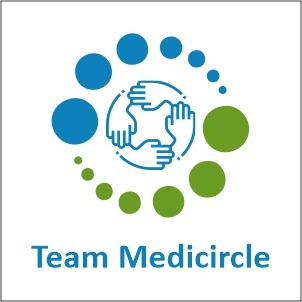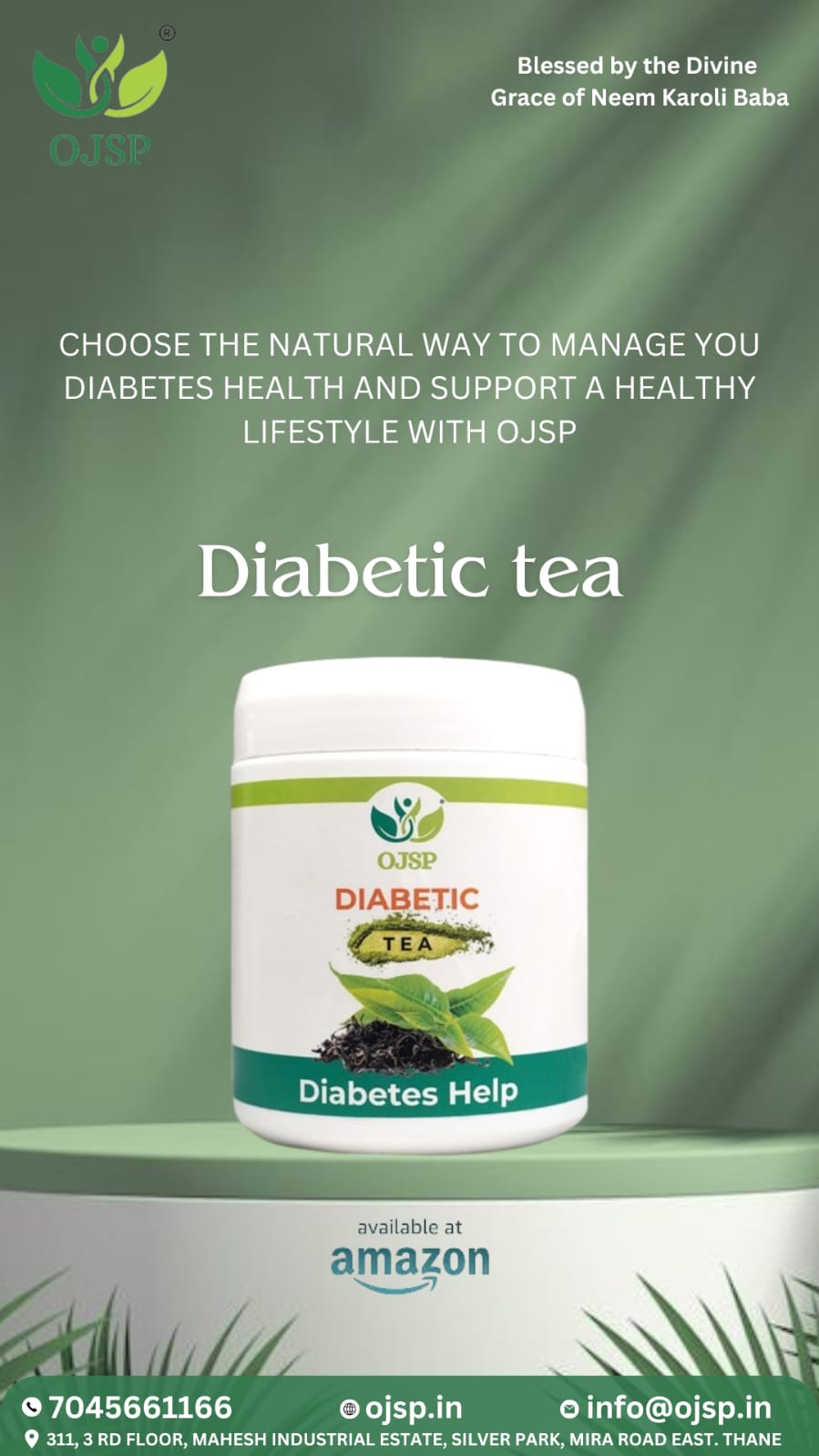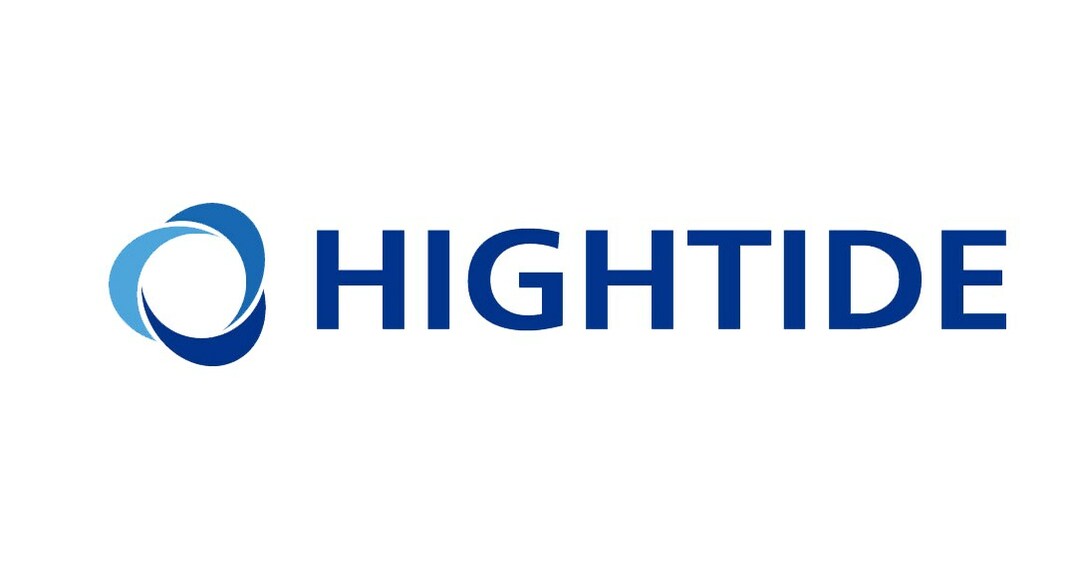New Delhi, January, 2025: Guillain-Barré Syndrome (GBS) is a rare autoimmune disorder where the body's immune system mistakenly attacks its own peripheral nerves. Often triggered by infections, this condition can result in severe, life-threatening complications, including paralysis. Experts have shed light on the different aspects of GBS, ranging from early warning signs to long-term effects, offering hope and guidance for better management and recovery. According to experts, early detection and advanced care offer hope amid rising cases.
Describing the disease's progression, Dr. Praveen Gupta, Principal Director & Chief of Neurology at Fortis Hospital said, “GBS occurs when antibodies, created to fight bacterial or viral infections like Campylobacter jejuni or respiratory infections, cross-react with the peripheral nerves. This leads to ascending paralysis, starting in the legs and moving upward. In severe cases, patients may lose the ability to breathe due to thoracic muscle weakness and require ventilatory support.”
Treatments such as intravenous immunoglobulin (IVIG) and plasma exchange have revolutionized outcomes, but timely intervention remains critical.
Recognizing the symptoms early is crucial for effective treatment. According to Dr. Bhargavi Ramanujam, Senior Consultant in Neurology at PSRI Hospital, “GBS typically starts with weakness in the legs, spreading upward. This may be accompanied by slight sensory loss, difficulty passing urine, or fluctuating blood pressure. Weakness in facial muscles can cause drooling, further signaling the onset of this serious condition.”
Understanding these signs and seeking medical attention within the first two weeks of symptom onset can significantly improve prognosis. GBS does not progress beyond this period, and early treatments can prevent severe complications, especially respiratory involvement, which could necessitate life-saving interventions such as tracheostomy or prolonged ventilation.
Many cases of GBS are linked to common bacterial and viral infections, with Campylobacter jejuni being the leading cause. Dr. Vijay Sharma, Associate Director and Head of Pediatric Neurology at Asian Hospital said, “The immune system’s misidentification of nerve cells as foreign invaders, often following infections, leads to nerve damage. Preventing infections by maintaining personal hygiene, consuming clean water, and practicing safe food handling can reduce the risk of GBS.”
Community-wide efforts to improve sanitation and access to clean water can play a significant role in reducing the incidence of GBS linked to waterborne bacterial infections.
Pointing out the risk and management strategies Dr. Rajas Deshpande, Consultant and Director of Neurology at Jupiter Hospital said, “Severe GBS can lead to dangerous complications like respiratory failure, blood pressure fluctuations, arrhythmias, and difficulty swallowing. Such patients often require ventilatory support, tube feeding, and intensive monitoring in the ICU. Prolonged immobility also raises the risk of infections and blood clots, making multidisciplinary care essential.”
The path to recovery from GBS can be long and demanding. Dr. Madhukar Bharadwaj, Director & Head of Neurology at Aakash Healthcare, emphasized the importance of early treatment and rehabilitation and said, “Recovery depends on when treatment is initiated. For early cases without respiratory involvement, the chances of full recovery are high. Nerve healing occurs slowly, at a rate of about one millimeter per day, requiring months of aggressive physiotherapy. Patients with delayed treatment or severe cases may face long-term paralysis or require home ventilation.”
Despite the challenges, most patients show significant improvement over time, with many regaining independence. Studies indicate that around 70% of patients recover well with proper treatment and rehabilitation. However, some may experience residual weakness or fatigue, underlining the need for comprehensive post-acute care.
According to the experts, Campylobacter infections, a leading cause of GBS, can be prevented through proper food hygiene and water sanitation. Regular handwashing and avoiding contact with contaminated surfaces are equally important. Advances in immunomodulatory therapies and supportive care have provided a lifeline for patients, offering hope and improved outcomes even in severe cases.
“In our experience, even individuals who were on ventilators for months have gone on to become independent adults. It’s a testament to the effectiveness of modern treatments and the strength of the human spirit,” concluded Dr. Gupta.
As the medical community continues to refine treatment protocols and enhance rehabilitation techniques, the outlook for GBS patients grows brighter, underscoring the importance of early detection, hygiene practices, and coordinated care in overcoming this challenging condition.

 As the medical community continues to refine treatment protocols and enhance rehabilitation techniques, the outlook for GBS patients grows brighter, underscoring the importance of early detection, hygiene practices, and coordinated care in overcoming this challenging condition.
As the medical community continues to refine treatment protocols and enhance rehabilitation techniques, the outlook for GBS patients grows brighter, underscoring the importance of early detection, hygiene practices, and coordinated care in overcoming this challenging condition.










.jpeg)


.jpeg)
.jpeg)
.jpeg)
_(1).jpeg)

_(1)_(1)_(1).jpeg)
.jpeg)
.jpeg)
.jpeg)








.jpeg)
.jpeg)